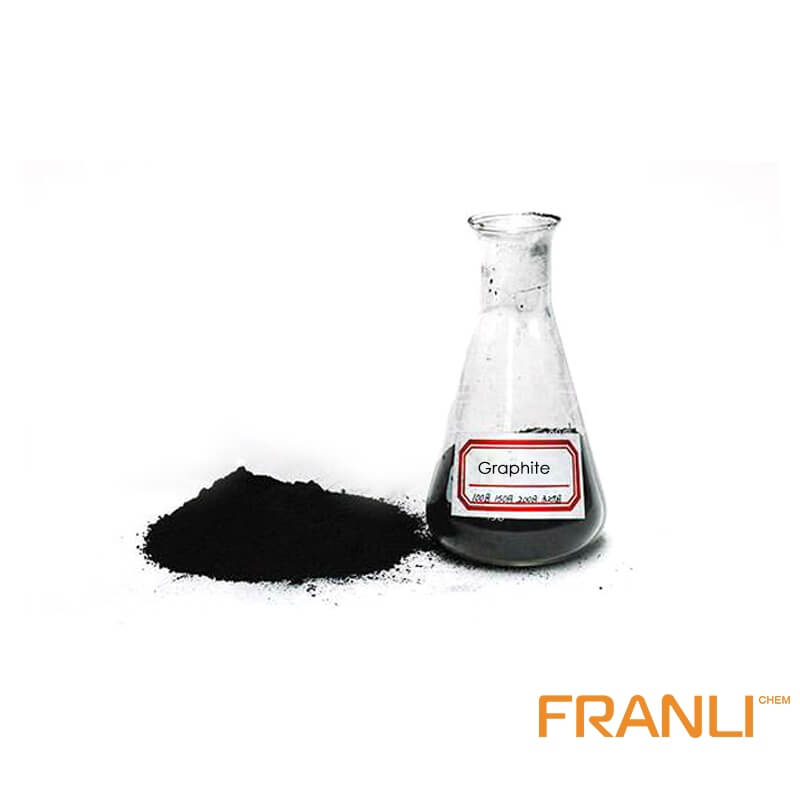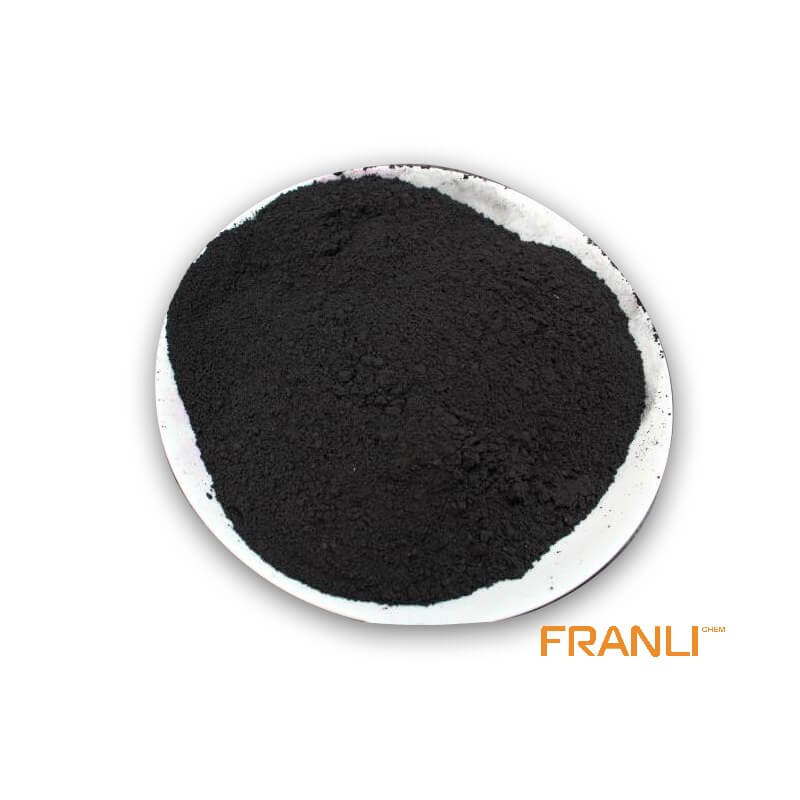

Graphite Powder
Size
1≥60%, etc
Package
25kg small bags into ton bags or ton bags
Features
High temperature resistance, conductivity and thermal conductivity, etc.
Application
As refractory material, conductive material and wear-resistant lubricating material, etc.
Graphite powder is a widely used industrial material, which is obtained from high-purity graphite after crushing, grinding, and screening. The classification of graphite powder is mainly based on the particle size, ranging from 50 mesh to 30000 mesh. The larger the mesh, the finer the particle size, and the higher the price.
Request a quoteGraphite powder is widely used in industry and is a very valuable graphite product, but because the appearance is similar and always misused, the Franli factory compares the properties, appearance and application of the two. It is black, and it is very similar in appearance to partial metal powders, and it is often difficult to distinguish between the two. The raw materials used in the manufacturing industry are divided into three categories, one is metal powder; the other is carbon graphite; The third is the adhesive. Because of its excellent properties, graphite is usually used in the metallurgical industry in powder form as a recarburiser and an indispensable auxiliary additive for the production of high-quality steel.

Distinction between graphite powder and iron powder
There are mainly 5 aspects between graphite powder and iron powder.
(1) Mixed heating: Mixing with copper oxide in graphite powder, and then heating, will generate clear lime water to become turbid carbon dioxide, but iron powder will not have this situation.
(2) Touch: graphite powder has a greasy feeling, iron powder does not have a greasy feeling.
(3) Chemical reaction: When dilute sulfuric acid or dilute hydrochloric acid is added to iron powder, bubbles will occur.
(4) Magnetic: Iron powder can be attracted by magnets, but graphite powder cannot be attracted by magnets.
(5) Heating: Graphite powder is ignited in the air, but iron powder will turn black after heating.
Benefits of graphite powder
Why graphite powder can be used in bunch of industries? because our graphite powder is equipped with many properties.
(1) Graphite powder is added during steelmaking as a recarburisifier for the main raw material. In order to reduce the application of cast iron raw materials, reduce the cost of steelmaking.
(2) Graphite powder recarburiser has the characteristics of high fixed carbon content, heat resistance, wetting and other stable performance, easy absorption. Add the surface layer of molten iron in a certain proportion, according to the vortex stirring or manual service stirring of mechanical equipment, digest and absorb the appropriate amount of carbon in the graphite powder recarburiser, thereby reducing the residual components such as sulfur in steel, improving the quality of steel, reducing the product cost of castings, and improving economic benefits.
(3) Graphite powder has many main uses in the forging industry of the metallurgical industry, which can be applied to the surface layer of castings, facilitate mold release of castings, and improve the performance of casting processes; Some graphite powder with good heat resistance can be made into graphite crucibles for smelting metal materials, and it can also have a unique role in the ironmaking industry.

The difference in application areas
(1) Parts lubrication: iron powder with particle size less than 5mm has good magnetic properties, magnetic fluid is a new functional material, currently in rotary sealing, damping, speakers, lubrication and magnetic specific gravity separation and other devices have been practical and commercialized. Compared with graphite powder, iron powder is weaker in lubrication performance, graphite powder has a greasy feeling, can be dry powder form for splash lubrication, can be used as additives to make water and oil, can also be combined with other materials into composite materials for lubrication in transmission, and can be used as wear-resistant parts under conductive conditions.
(2) Metallurgical industry application: in the industry pure iron-based mixed powder in the production of the largest consumption, most of the mechanical parts require high density and high strength, pure iron powder added lubricant various alloy additives and mixed powder, used to manufacture many mechanical parts in cars and motorcycles. Graphite powder can not only be added to the product as a good material for strengthening energy, but also can be used as fuel, and the scope of application is more extensive than iron powder.
(3) Heat-resistant materials: iron powder and graphite powder are usually used in heat-resistant and thermally conductive materials because of their excellent performance. The melting point of iron powder at high temperature is 1538 °C, boiling point 2750 °C, soluble in strong acid and medium strong acid, insoluble in water. Under the condition of isolation from oxygen, graphite powder has a melting point above 3000 °C, which is one of the most temperature-resistant minerals. The chemical properties of graphite powder at room temperature are relatively stable, insoluble in water, dilute acid, dilute alkali and organic solvents. In terms of temperature, it is more resistant to high temperature and has superior performance.
The future development of graphite powder will continue to be needed, the demand will gradually rise, and the production capacity will continue to grow. The new graphite production capacity will reduce the cost of using metal powders and improve the overall performance and quality of products. Drive a number of industrial chains, become a new type of energy-saving raw materials, especially now that society is gradually moving towards the new energy vehicle industry, the demand for lithium-ion batteries is extremely high, graphite powder has become an indispensable material.



